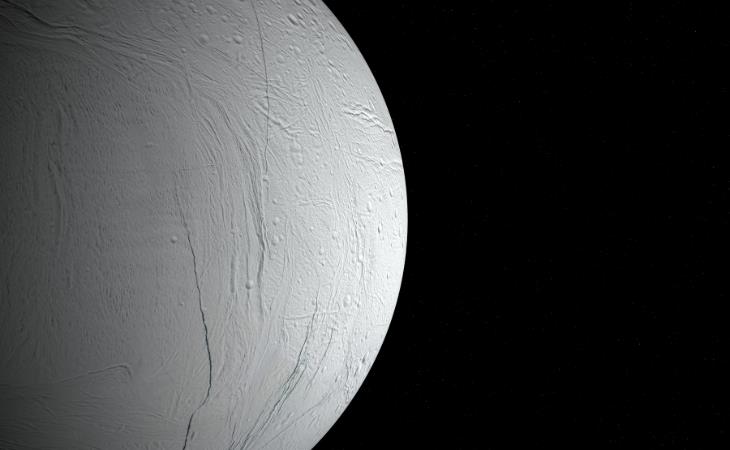
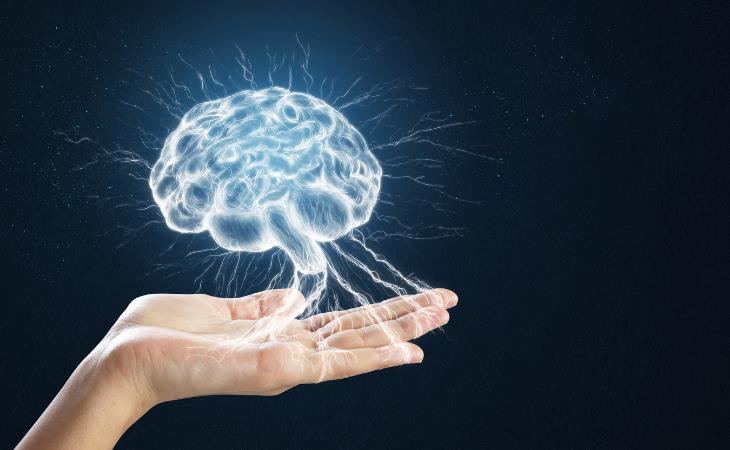
In a significant astronomical development, scientists announced the discovery of six new exoplanets in August 2023, pushing the total count of known planets to 5,500, nearly three decades after the first discovery of planets beyond our solar system. The success of this discovery is attributed to the capabilities of advanced telescopes like the Transiting Exoplanet Survey Satellite (TESS) and the James Webb Space Telescope.
The constant advancement of technology is now providing us with unprecedented insights into the makeup and characteristics of each of these faraway planets. Noteworthy is K2-18, a planet falling between the size range of Earth and Neptune, speculated to harbor a global ocean beneath its thick atmospheric envelope.
Related: Scientists May Have Found Earth’s ‘Closest Twin’!

The evolutionary advantage of animals outliving their reproductive years has long intrigued biologists. Menopause has been observed in orcas, short-finned pilot whales, narwhals, beluga whales, fake killer whales, and humans. A recent study using a rigorous, long-term analysis of hormones in chimp urine from Uganda's Kibale National Park suggests that chimps go through menopause and live a long life.
According to the study, which examined females aged 14 to 67, chimps go through menopause around the age of 50, just like humans. Unlike in certain whale and dolphin species, where older females help raise children, this is not observed in chimpanzees since they do not raise related young. However, one idea suggests that menopause may reduce breeding rivalry among monkeys, which scientists will investigate further in the coming years.
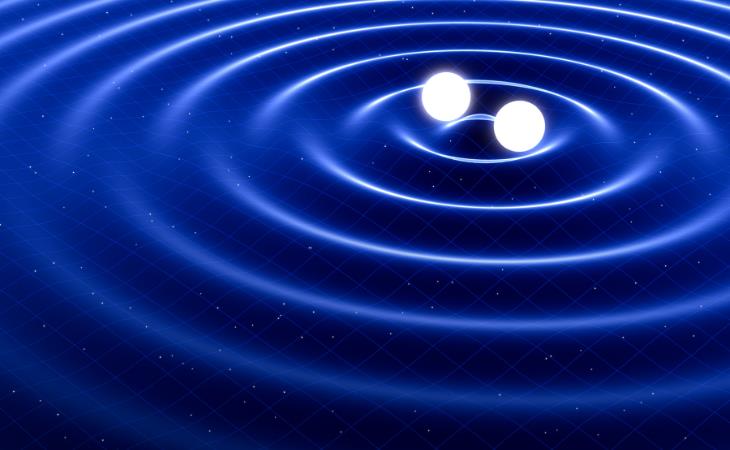
Scientists have discovered low-frequency gravitational waves traversing the galaxy for the first time. These cosmic waves, like ripples in water, are thought to represent echoes from supermassive black holes billions of light-years away. This breakthrough is credited to NANOGrav, an international alliance involving colleges, research universities, national laboratories, and radio observatories.
There is a great deal of importance to this discovery, as it suggests a more common occurrence of large black holes in the early universe than previously thought. Furthermore, it has the potential to reveal intricate insights into our universe's origins.
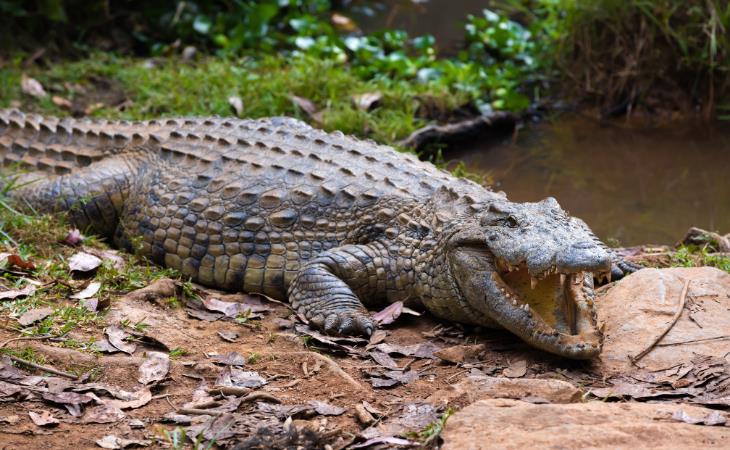
A lone female American crocodile in a Costa Rican park astonished experts by giving birth without a male companion, demonstrating a rare form of asexual reproduction known as parthenogenesis. While this phenomenon has previously been documented in critically endangered California condors, some shark species, Komodo dragons, and several snakes, it has never been documented in any crocodile species.
The genetic study of the lonely female crocodile, which had been separated from its type for roughly 16 years, confirmed that the offspring was actually a partial clone. Although the study was conducted on captive American crocodiles, its implications are applicable to their wild counterparts as well, especially in light of the species' vulnerability as defined by the International Union for Conservation of Nature (IUCN).
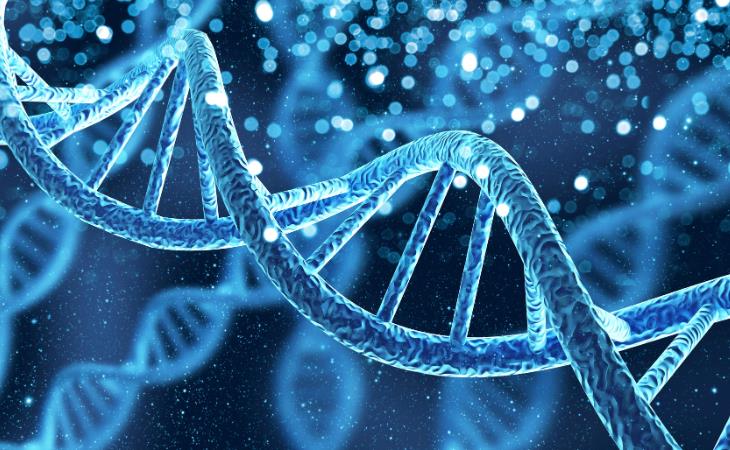
The U.S. National Institutes of Health made a momentous announcement this year, introducing a new pan-genome as a vital update to the 20-year-old reference human genome. This progressive model is designed to include a more diversified cross-section of humanity, with increased ethnic and racial representation - an important step forward for individualized medicine.
The pan-genome model, which now has genome sequences from 47 people, is expected to eventually include data from 700 people. Unlike its predecessor, which relied significantly on a single individual's genome and data points primarily from people of European origin, the new model aims for a more inclusive portrayal of human genetic variation. Even though the genomes of any two people are often more than 99 percent similar, the NIH says that understanding individual distinctions is critical for getting insights into disease vulnerabilities and directing critical treatment decisions.
Related: WATCH: Is This NASA's Most Amazing Discovery Yet?
